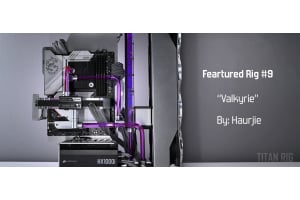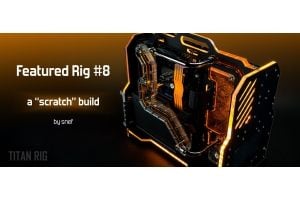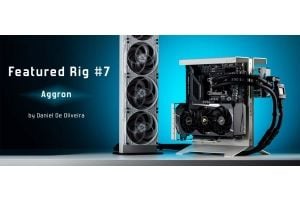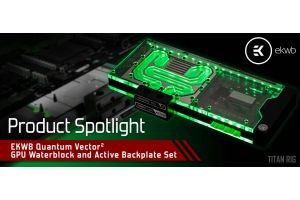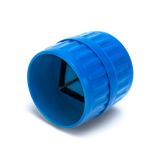2-Day Expedited Shipping Only $14.95 - See Restrictions
The History of PC Modding
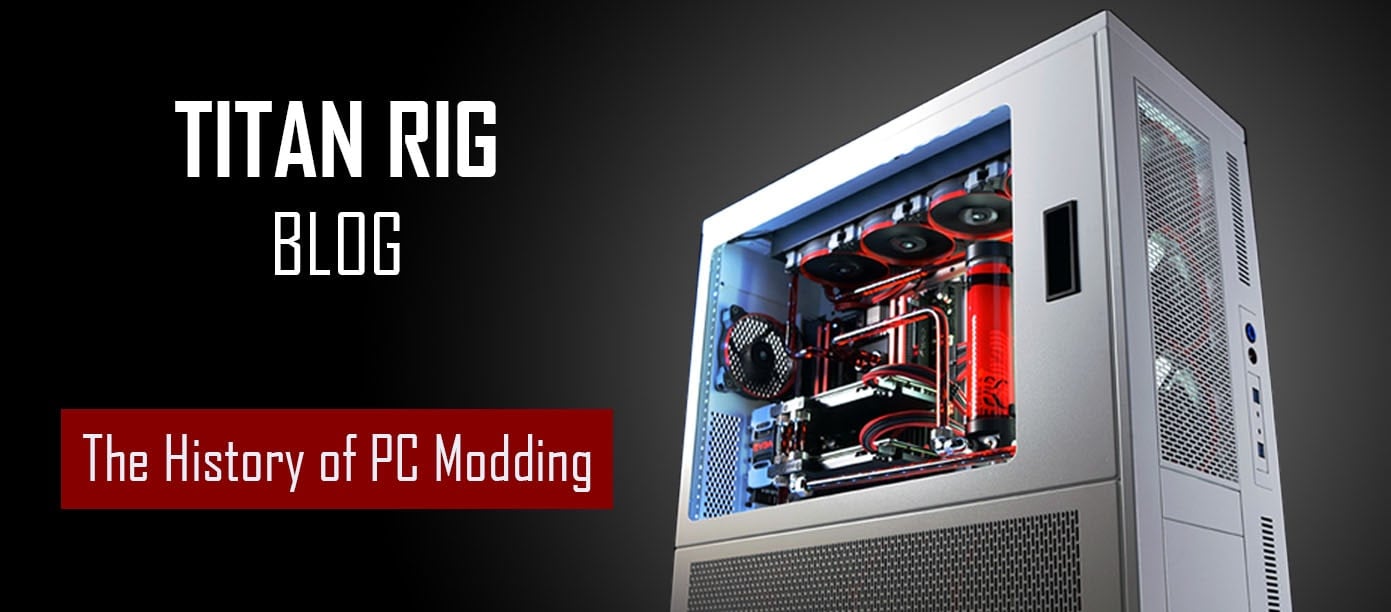
Welcome to the first installment of the Titan Rig PC Modding Blog Series. Titan Rig has been serving the custom PC community since 2014, and we’re committed to expanding our product offerings, services and help to cultivate PC culture. We wanted to take some time to thank the PC modders among you for everything you’ve done. After all, whole industries have been born from the passion of PC modding!
I’m a modder myself, having dived into the game with both feet in 2000. I’ve watched with interest as the hobby and the surrounding industries have grown and changed since then. I hope we here at Titan Rig can provide both the materials and the knowledge to get some of the budding modders out there what they need to get started.
We’ve got a lot of information coming in the PC Modding Series and we hope it helps to spawn some new modders on the field. To kick off the series we wanted to offer an intro of sorts – a brief history of PC modding.

CPU cooling air ducts were the start of PC modding. Retail outlets were making parts and supplies available in just a couple of years.
When a few people do something for the same reason it’s simple logic. When it gets noticed and others start to do the same things it’s a trend. Sometimes trends stick around long enough to solidify and become known as hobbies. That’s the path that PC modding has taken. While I’m sure that people have been making changes to their personal computers since they were first available, those people were few and far between. Most were happy to use the machine as it came and enjoy its function. That started to change around 1999, when CPU overclocking started to become more mainstream. At that time, CPU clock speed was the point by which any CPU was measured. When people started to find out that they could get an extra 30% performance boost out of their Pentium III with some relatively simple setting changes the more adventurous didn’t hesitate. The ease of the increase, the spreading of the information and the industry’s willingness to play along made overclocking more common still.
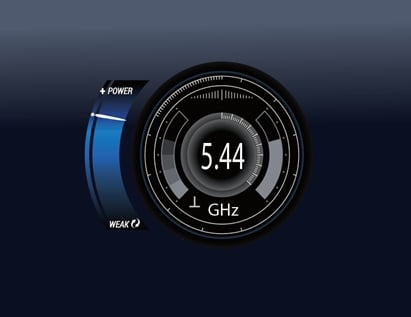
Overclocking was the inspiration for PC modding.
So, what does overclocking have to do with modding? During this era PC coolers and cases were designed to do their job adequately and that was all… They simply weren’t able to keep up with the unavoidable byproduct of overclocking – heat. The first mods that would really fit into our definition were air flow mods, made out of necessity. When the air flow given by the case and cooler designs of the time wasn’t enough, PC modders went to work. We as a group are not easily satisfied. Not wanting to leave the side panels off of our beloved PCs, modders cut ventilation holes in them. Not happy with that, some made air ducts that ensured that the CPU cooler would receive nothing but cooler ambient air. Fearing recirculation, exhaust holes were cut in the tops of the cases and fans mounted there. Larger and more powerful fans were made to fit in cases never designed for them.
'For me it's all about getting my hands dirty and ending up with something tangible instead of ‘imagine this’.” — Jeffrey Stephenson, “Slipperyskip”
At this point, the tinkerers in the group that didn’t even overclock began to take notice. Overclocked or not, they wanted their PC to run as cool as possible. CPU heat sinks were made at home from aluminum and copper. Improvements were made to the fans themselves like shrouds to improve air flow. Some even dared to bring liquid into the PC with homebrewed water cooling loops made from plumbing supplies and automotive parts. Many disasters no doubt happened but the modders kept on. The work expanded, with modders tackling issues like noise in addition to heat. Rubber washers were added to fans to minimize vibration. Modders made their own fan controllers that would slow their fans down for silence. They glued bubble wrap to the inside of their cases to keep the noise inside. Anything that could be improved was being improved. All of these were function mods, made to improve a specific area of performance in a PC and brought on by what the modder perceived as inferior design.

All-in-one water cooling brought the option to the masses. As time went on, PCs continued to be customized in different ways.
'I don’t remember how many small airflow improvement mods I did for me and my friends, but quite a lot back then! .” — Peter Brands, “L3P”
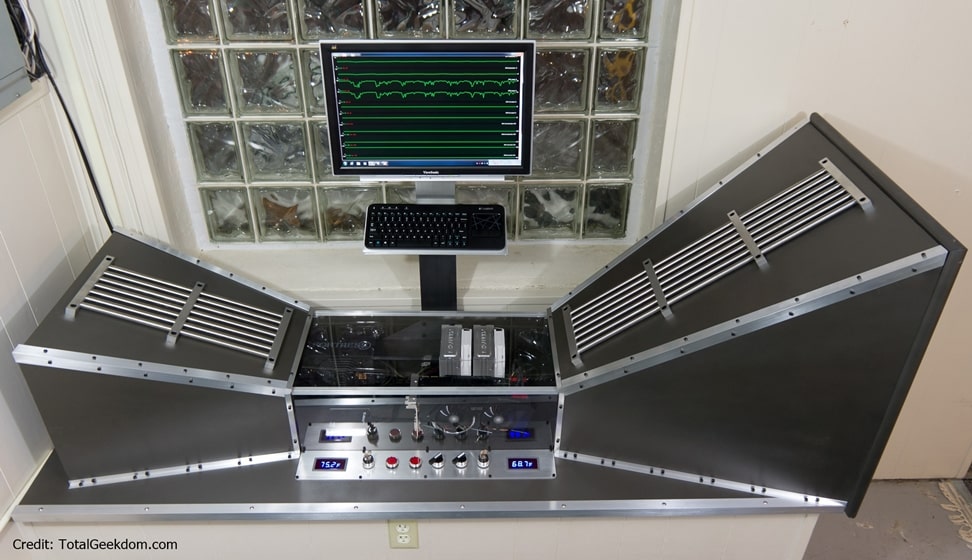
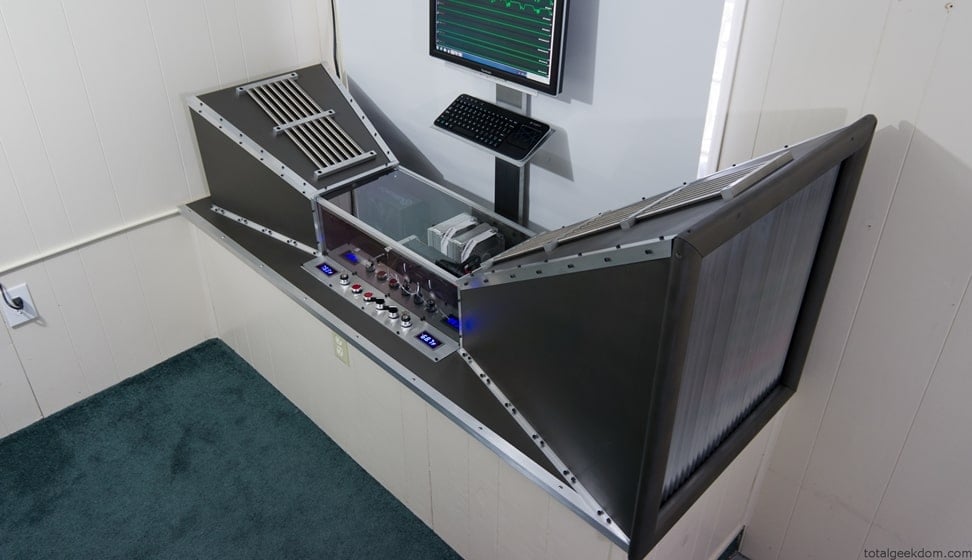
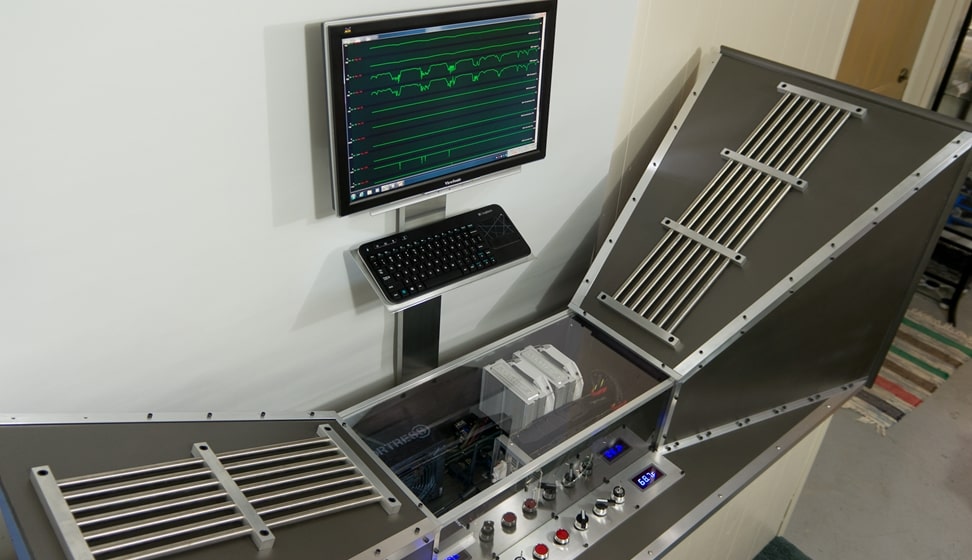
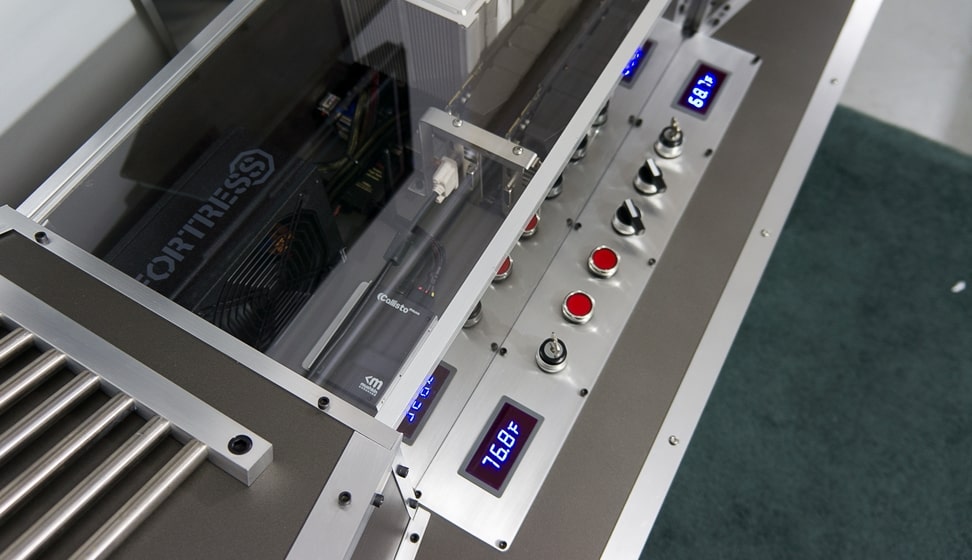
Wind tunnel PC constructed for World Community Grid cancer research. Air flow supplied by a standard box fan, achieving internal flow velocity
of 20+ mph. Designed with space for two full ATX motherboards and PSU in the central constriction area.
That hole that some modder first cut in his side panel to get better air flow to his CPU had an effect that he couldn’t have foreseen – the side window panel.
Modders are by and large proud people. We take pride in what we do and we like it to be seen, even if only by ourselves. After all the work we have done inside our PC we want to show it off. So of course, the logical course of action was to cut a big hole in the side of it and cover it with a clear cover. Sarcasm aside, that’s exactly what we as PC modders did. This really opened up the field of form mods. Unlike function mods, form mods are made by the modder to improve something’s appearance. They can’t be quantified or measured and their benefits are purely subjective, but the majority of modding today is done for form.
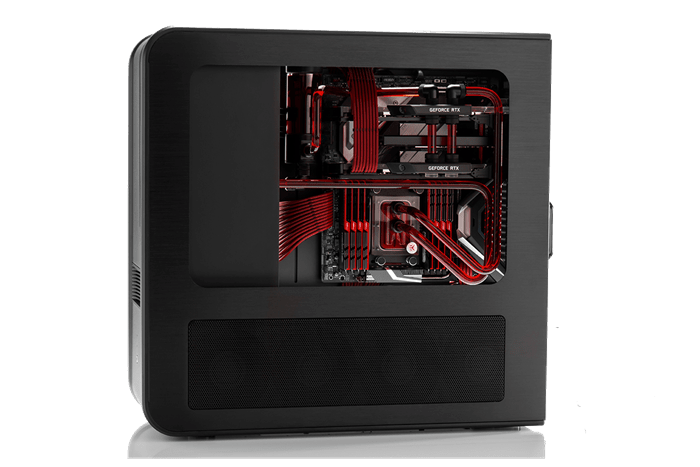
Mod created by Charles Harwood. XForma MBX MKII case, EK waterblocks,
Mod One cable sleeving, rigid acrylic tubing.
As the size of the group practicing PC modding grew, so did their connection. Another general characteristic of the PC modder is that we like to talk about our work. Sharing information on how a particular mod was done was key to the continued growth of the hobby. Those new to modding could learn from the mistakes of those who came before them.
Hardline water cooling paved the way for other materials like PETG, copper, glass and carbon fiber. RGB became the new norm. Distribution plates make cooling routing easier while adding a unique aesthetic.
The future promises to bring us the most amazing mods yet.
As form modifications became more popular and more mainstream, a few budding entrepreneurs took note. They saw a market emerging and moved to supply it. Until this time modders had to acquire their materials from many different places and often had to buy a lot more than was needed as that was the only way it was sold. Once the modding supply industry came along it was suddenly even easier to get into it. The more dedicated suppliers started offering kits to achieve a specific modification and even sold pre-modded cases. Now the case you wanted with the side window and extra ventilation could be had with only a click of the mouse.
NZXT Guardian 921, released 2009. Available with “premod”
features like side panel window and front-mounted LCD display.
PC case modification had gotten so popular at this point that larger manufacturers of PC components began to take note. PC cases began to be offered with those sought-after side windows installed from the factory. Other options like fan controllers, temperature gauges and lighting were available from the case manufacturers with the foresight to offer them.
Those now-common side windows pushed yet another segment of the market to catch up. Manufacturers of components that had until now been completely unseen suddenly had to consider the appearance of their product. Motherboards, video cards, power supplies – all were open to visual scrutiny now, and paying customers wanted them to look good.
Ironically, the popularity of PC modding has served to stunt its own growth. Every manufacturer out there is now fully on board with the importance of aesthetics and functionality that was once unheard of in a PC case is commonplace. Why would someone go through the time and trouble of adding a side panel window to a case when there are so many options out there premade? It’s hard to argue the logic.
"Modding is actually easy. It might look hard, but with patience everyone can achieve a great mod.” — Stephane Beaulieu, “Snef”
Yet modding is still going strong. It looks different than it used to. Economics have made it more like building with blocks than making something with raw lumber. Whatever you need for your mod, chances are someone makes it in a ready-to-use form. That’s not a bad thing really – it shows the maturity of the hobby. It makes it easier for more people to get into it, and I’m glad. There are still those who cut up their cases and make their own thing, and I’m glad of that as well. Those people are still innovating, and the industries are still watching.
Modding is easier now than it ever has been, and remains the only way to get a truly unique PC. We urge any of you who’ve been considering getting into PC modification to stay tuned, check out what we have to share with you, and go make that masterpiece. We’ll show you how.



